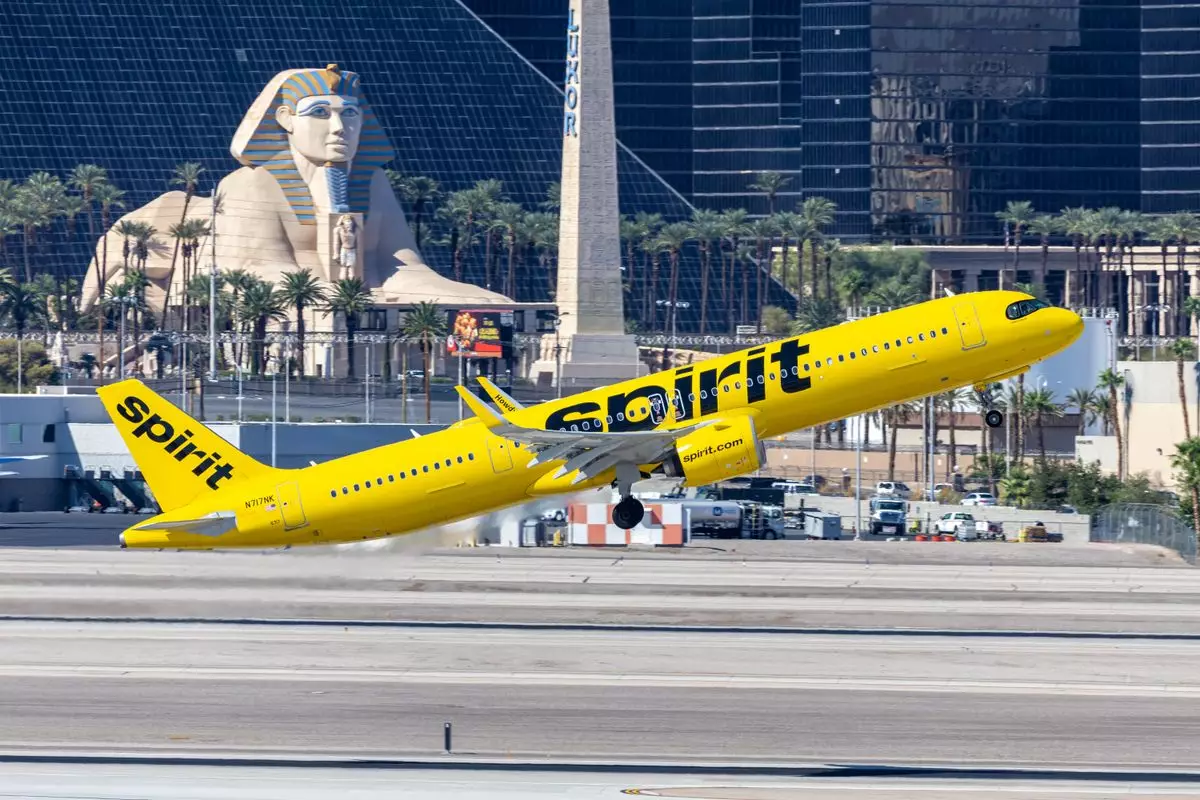The sudden resignation of CEO Ted Christie and CCO Matt Klein from Spirit Airlines marks a pivotal moment in the company’s quest for resurgence. With the airline emerging from its recent Chapter 11 bankruptcy, the abrupt exit of top executives suggests the need for dynamic leadership that aligns with Spirit’s revitalization goals. Entrusting the airline’s day-to-day operations to a triad of executives — CFO Fred Cromer, COO John Bendoraitis, and General Counsel Thomas Canfield — indicates a scraping together of resources during a turbulent time. However, one must question whether this leadership model provides the strategic direction necessary for a renewed Spirit Airlines or merely treads water amidst rising challenges.
A Fragile Financial Landscape
Despite emerging from bankruptcy last month with a fortified balance sheet, courtesy of converting $795 million in debt to equity, Spirit Airlines is far from secure. Ending the last fiscal year with a staggering net loss of $1.23 billion reveals a desperate need for a reimagining of its business model. Although the $902.1 million in cash equivalents suggests some stability, financial recovery is a long road filled with many pitfalls. Executives must navigate not just internal restructuring but external factors, including increasing competition and consumer sentiment fraught with uncertainty. The current economic climate, worsened by recent policies impacting consumer confidence, heightens the stakes for the beleaguered airline.
Adapting to Shifting Traveler Expectations
In the face of adversity, Spirit Airlines has attempted to broaden its appeal by introducing new bundled fare options targeted at a wider demographic of travelers. This strategic pivot is laudable; however, this shift is fraught with its own set of risks. The aviation industry, particularly the budget sector, is facing heightened competition. The emergence of Southwest Airlines’ basic economy fare offers a fresh threat and showcases a knotted web of challenges Spirit must untangle. The budget traveler’s landscape is evolving, and Spirit must productively engage its core audience while staying relevant in a constantly changing market.
The Role of Pilot Representation in Leadership Decisions
The abrupt executive shake-up has not gone unnoticed by the union representing Spirit pilots. Ryan Miller, president of the Spirit unit of the Air Line Pilots Association, has articulated the urgent need for decisive leadership focused on integrity and transparency. Pilots, essential cogs in the airline’s machine, are right to expect that new leadership will bring more than mere assurances but instead substantive actions that exhibit commitment to their careers. As contract negotiations loom, the ability of new leadership to prioritize pilot concerns could significantly impact workforce morale and, by extension, operational reliability.
The turning point at Spirit Airlines is more than just a change in leadership; it reflects a larger narrative of resilience and adaptation within an industry grappling with existential challenges. In the coming months, the decisions made by interim leadership will play a critical role in determining whether Spirit can re-establish trust with its workforce, enhance its competitive edge, and ultimately chart a course toward a more profitable future.


Leave a Reply